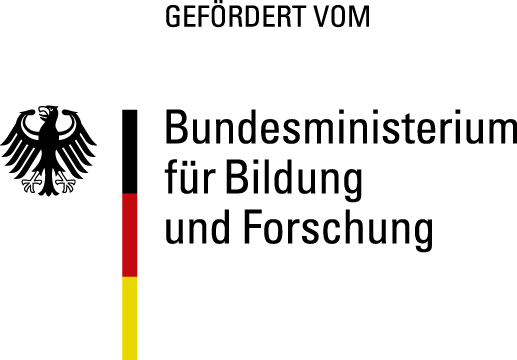What was, until recently, unthinkable has become a matter of course: home automation can also be retrofitted into existing properties. In the Living Care project, scenarios are set to be researched, and components and software developed that are intended
Our society is getting older. Older people are increasingly becoming familiar with new technologies. At the same time, home automation is making huge leaps forward. However, not only is technology developing but areas of application are also being discovered that make life easier and safer.
In the Living Care research project, project partners from various disciplines have come together who want to jointly develop a self-learning automation system that is set to make the lives of older people safer and more comfortable while saving energy. Available technologies are used here, joined together and complemented with newly developed components.
The project is comprised of the following major research topics
- The development and research into suitable scenarios and ideas for the target group
- Adaptation and development of the software and creation of interfaces
- Development of self-learning software – components that, while taking into account existing data protection regulations, automatically detect deviations from standard behaviour and allow the system to react accordingly
- Complementing of the existing range of hardware with suitable components
A particular focus lies on safety. The system should increase both external security (break-in, water, smoke) and boost personal safety while identifying whether the inhabitant is okay and transmitting automatic emergency reports where required. This means that even people who live alone can remain in their familiar surroundings for longer.
What’s more, further application scenarios with regard to the needs of older people are being developed that control and link existing equipment such as lights, roller blinds and heating, and offer the person the possibility of installing affordable modern technology into existing properties (apartments or houses).
The project is being funded by the German Federal Ministry of Education and Research and is set to be completed at the start of 2018 with a functional model, which will be further developed to market-readiness following completion of the project.


